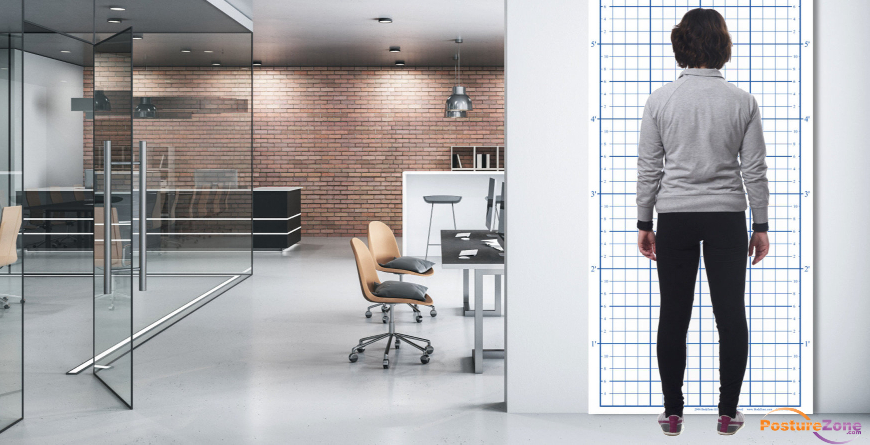The Importance of Posture Assessment in Pedorthics
Posted by Renee North, CPT, CPEP on 22nd Mar 2023
As a pedorthist, your job is to help your clients improve their foot health and comfort through the use of footwear and orthotics. But did you know that posture assessment can also be a valuable tool in your practice? By assessing your clients' posture, you can gain a better understanding of their musculoskeletal system and identify potential issues that may be contributing to their foot problems.
What is posture assessment?
Postural analysis is the evaluation of a person's alignment and position of their body while standing, sitting, and moving. The evaluation involves looking at the overall alignment of the body, including the head, shoulders, hips, knees, and feet, and identifying any deviations from the normal alignment.

Why is posture assessment important in pedorthics?
Posture pictures can be beneficial in pedorthics for several reasons:
- Identifying musculoskeletal issues: Posture assessment can help identify musculoskeletal issues such as scoliosis, kyphosis, or lordosis, which can affect the alignment of the feet and contribute to foot pain and discomfort.
- Improving orthotic design: By noting a client's posture, a pedorthist can design orthotics that address not only the foot but also the alignment of the rest of the body. This can result in a more effective and comfortable orthotic.
- Enhancing treatment outcomes: Addressing posture issues can help improve treatment plans and outcomes by reducing pain and improving overall function.
- Preventing future issues: Addressing posture issues early on can help prevent future foot and musculoskeletal issues from developing.

How to perform a posture assessment?
Properly analyzing posture involves observing a patient's alignment and position of their body while standing, sitting, and moving. A pedorthist can perform a posture assessment using various tools, including visual observation, gait analysis, and postural photos or videos. By using a posture grid, you can visually identify any deviations from the normal alignment. According to the American Board for Certification in Orthotics, Prosthetics and Pedorthics, your evaluation should include documenting posture and balance.
During the assessment, the clinician will look at the person's overall alignment, including the head, shoulders, hips, knees, and feet, and identify any deviations from the normal alignment. They will also observe how the client's posture changes during movement.
Documentation, tracking and adjustments
Finally, documenting posture by taking a picture of the patient in front of a grid is an important tool that pedorthists can use to improve their patients' foot health and overall musculoskeletal function. By identifying posture issues and addressing them through the use of footwear, orthotics, and other treatments, pedorthists can help their clients achieve better outcomes and prevent future issues from developing. Periodic follow up pictures are an efficient tool for documenting changes and the need for adjustments over time. Incorporating posture assessment into your practice can help you provide more comprehensive care to your clients and differentiate your practice from others.


